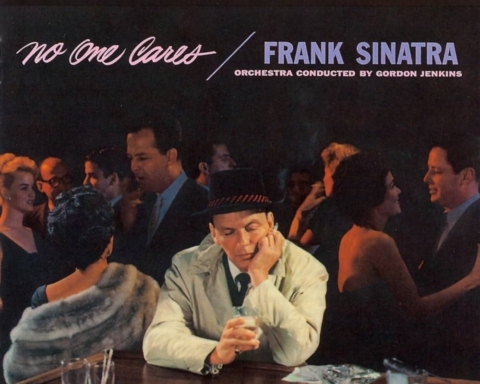By Kevin Rogers
Managing Editor
Displaying typical form, Congress failed to reach a budget agreement on Tuesday at midnight, resulting in a partial government shutdown immediately thereafter. As a result, agencies furloughed workers and a number of federal institutions shut down.
It’s nothing more than could be expected. Congress, being the wildly inefficient and unproductive body that it is, has a 15.2 percent approval rating based on a Real Clear Politics average of six polls.
But this polling data leads us to ask the question: why are these morons still in power?
Why, despite continuous low approval ratings, did the House and Senate have an incumbency rate of 90 percent and 91 percent respectively in 2012, according to the Center for Responsive Politics (CRP)? If that’s not job security, what is?
The answer is simple: incumbents have more name recognition, can raise more cash and don’t have to fight much to get the edge over potential challengers. According to the CRP, the average Senate incumbent can raise $4,631,934 in a re-election fight and an average House incumbent can raise $393,013. In contrast, the average Senate challenger can muster $355,107 and $72,825 for the House. This disparity in fundraising can make it difficult to get fresh blood into Congress.
Meanwhile, whether they do a good job or a poor job, senators and House members score $174,000 a year, according to Congressional Research Service data. If they can ensure re-election through fundraising, continue to gain power and earn a more-than-comfortable annual salary, why wouldn’t they keep running?
We need to take this nearly continuous power out of their hand with term limits. Twelve years for the House and Senate should be more than enough time for legislators to do their duty and return to private life. The benefits would be undeniable.
For one, term limits would drastically change the face of our current Congress; given the 12-year proposal, 140 House members and 32 senators would be replaced, including most of the current Senate and House leadership. This means we would have the opportunity to bring new members with fresher perspectives on the problems Congress deals with.
This would also bring a more diverse membership to Congress. With the high retention rates and a core of entrenched geezers, it’s just as difficult for aspiring female and minority candidates to gain traction. At least every 12 years, there would be fresh opportunities for newcomers to enter the process without the formidable barriers of fundraising and low name recognition.
Finally, it would mean members of Congress would actually have to focus on something beyond fundraising and re-election campaigns for at least part of their tenures. With the current unlimited system, the re-election campaign undeniably starts the day after the ballots are cast. This might actually force them to do something worthwhile with their time in Washington.
Some political writers have argued term limits are undemocratic and would punish a handful of good-intentioned legislators. I contend that an entrenched elite that can fundraise their way into re-election is a deal more undemocratic. And if we lose a couple good ones, they can continue to do their good in private life. That’s a price we ought to be willing to pay.
Unfortunately, getting term limits implemented is little more than a wistful pipe dream at this point. Once someone has a taste of power, he or she is unlikely willing to give it up. Then again, we have done it with the presidential position, so we can pull it off again.
In the meantime, there’s things that can be done. We can vote against incumbents or we can pledge to vote only for candidates who support term limits. Perhaps if enough people can get behind it, we can promote a change.
Or we can whine about a government shutdown and curse our dysfunctional, 15.2-percent-approved Congress only to keep it exactly the same next Election Day.
rogerskd10@bonaventure.edu








